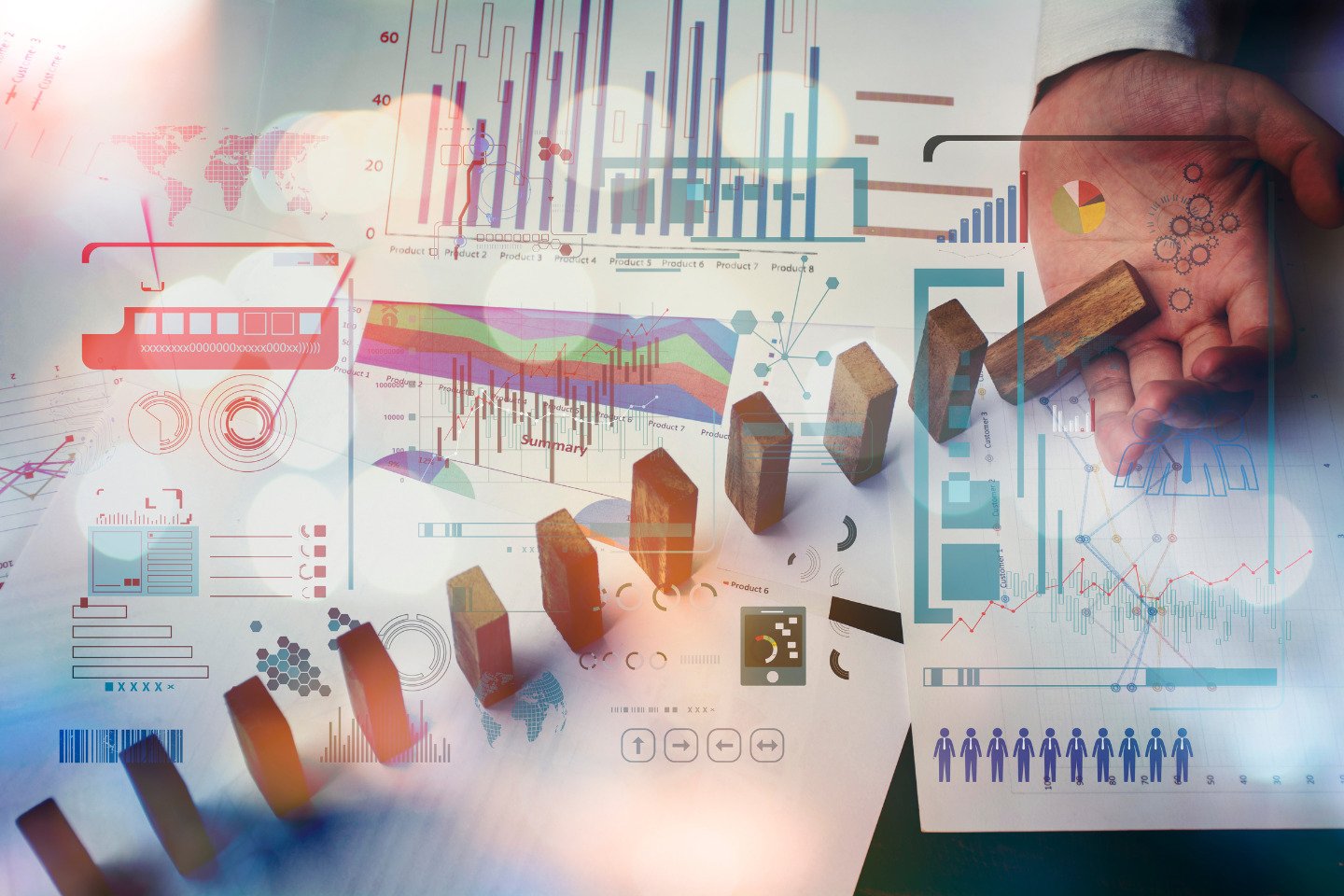Digital twin & asset lifecycle management
The rapid expansion of markets on a global scale has not only raised the bar for businesses but has also boosted the demand for diverse goods almost instantly. Manufacturing companies use high-end machinery to meet market demands, ensuring that they operate regularly without malfunctions or breakdowns. These machines function under excessive pressure to deliver optimum output in a set period while battling different temperatures and various other external conditions. These types of machinery operate for extended periods of time, so their health tends to deteriorate more quickly, reducing the lifecycle of the component, machine, and production line as well.
Asset management has been a challenge for every corporation, as it is essential for the manufacturing unit. A business with an improved asset life cycle is more sustainable and effective for the company as a whole, improving its cost-effectiveness and providing crucial support, thus reducing financial limitations. The use of digital twin technology will give businesses an advantage in predictive maintenance over reactive maintenance, making the business sustainable in the long run.
Equipment Upgrading
The production lines in every business function every hour, every minute, to meet the demand requirements of the market. These lines are equipped with high-end technological machinery to deliver high-quality products. In order to maintain the quality of the products and ensure timely delivery, these machines need to function with as few breakdowns as possible, as even the most minor inconvenience can sabotage the quality and supply of the product. Creating a digital twin of the manufacturing equipment will assist engineers in detecting early faults and concerns that might trigger a bigger problem.
Sustainability
The globe is currently facing challenges concerning waste management across all sectors and businesses, so companies are looking for assets that not only increase their profitability but can be sustained in the long term. Devices with short lifespans may produce high returns, but they are not beneficial in terms of durability. Incorporating a Digital Twin to address the goal of constructing sustainable assets involves creating a virtual replica of the product and testing it under various conditions to make the necessary changes that can help businesses construct assets that can endure diverse circumstances to achieve various objectives without compromising on the quality or quantity of the output.
Cost-effectiveness
It is evident that the majority of businesses have financial constraints when it comes to managing their expenses. Companies attempt to reduce costs at every stage and have to take calculated risks for their growth. Building assets is a primary objective of all industries. Digital twin technology assists companies by creating a virtual twin of the entire machine, component, and process, providing the research team with invaluable insights with minimal constraints on conducting research, resulting in a significant reduction in the use of raw materials causing the company to run more cost-effectively.
Component diagnostic
One aspect of asset maintenance is to analyze the condition of the machine and anticipate its functional capabilities. Every component of the machine plays a vital role in efficiently and effectively performing a task to deliver it to its optimum quality. Integrating a digital twin during the setup of the manufacturing plant will relay real-time data to the maintenance department concerning the health of the machine and its components, assisting them in substituting or discarding that part and replacing it with a new one to keep the flow functioning smoothly.
Decommissioning of machines
The rigorous operation of machines for prolonged periods of time accelerates their life cycle, causing them to deteriorate rapidly. These high-functioning devices need frequent examinations and maintenance in order to keep them running smoothly to deliver maximum results. At a certain point, machines are no longer functional and should be discarded, as operating them beyond that point will cause more damage than good. Digital twin technology offers businesses a boost in asset maintenance by providing them with a wide collection of data that can support engineers in assessing the machine, which can then be used to decide whether it is fit to carry out its task.
Stay ahead of innovation with Altrusia’s Global Summits on Conversational AI, Digital Twin, and Smart Manufacturing—where leaders meet, ideas grow, and industries transform.



